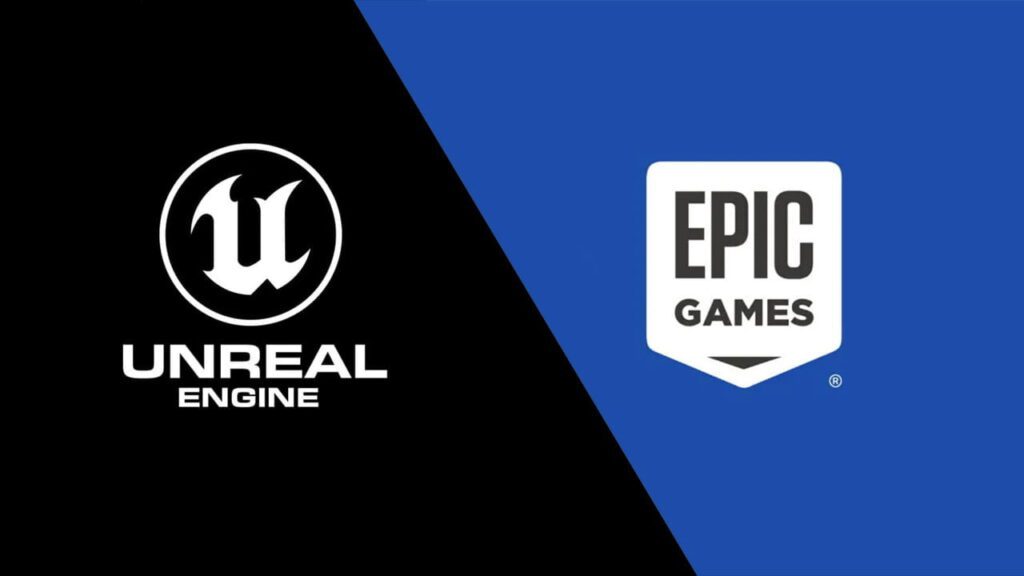Takeaway
Choosing the right game art outsourcing company is crucial for the success of your game development project. Factors such as expertise, portfolio, communication, and cost-effectiveness play a significant role in making the right decision. This article delves into the intricacies of selecting the best partner for your game art needs, supported by real-world examples and data.
Understanding Game Art Outsourcing
Game art outsourcing has become a prevalent strategy in the gaming industry, allowing developers to leverage specialized skills and reduce costs. According to a report by Newzoo (2021), the global gaming market is expected to reach $175 billion by 2021, with a significant portion of that growth attributed to mobile gaming and indie developers. As the demand for high-quality graphics increases, so does the need for skilled artists who can deliver on time and within budget.
The Benefits of Outsourcing Game Art
Outsourcing game art can provide several advantages:
- Cost Efficiency: Hiring in-house artists can be expensive, especially for small to mid-sized studios. Outsourcing allows companies to access talent at a fraction of the cost.
- Access to Specialized Skills: Many outsourcing companies specialize in specific art styles or technologies, providing expertise that may not be available in-house.
- Scalability: Outsourcing allows studios to scale their workforce up or down based on project needs, providing flexibility in resource allocation.
- Focus on Core Competencies: By outsourcing art production, developers can concentrate on game design, programming, and other critical areas of development.
Key Factors to Consider When Choosing an Outsourcing Partner
When selecting a game art outsourcing company, several critical factors should be evaluated:
1. Portfolio and Expertise
Reviewing a company’s portfolio is essential to gauge their artistic capabilities and style. Look for examples of previous work that align with your game’s aesthetic. For instance, companies like Art Bully Productions have a diverse portfolio showcasing various styles, from 2D to 3D art, which can be beneficial for different game genres.
2. Communication and Collaboration
Effective communication is vital for successful outsourcing. Ensure that the company you choose has a clear communication process and is open to feedback. A study by Project Management Institute (PMI) (2015) found that poor communication is a leading cause of project failure, emphasizing the importance of clear channels and regular updates.

3. Cost and Budget
While cost should not be the sole determining factor, it is essential to establish a budget and find a partner that can deliver quality work within that range. According to a survey by Gamasutra (2020), the average salary for a game artist in the U.S. is around $70,000 per year. Outsourcing can significantly reduce this cost, but be wary of companies that offer prices that seem too good to be true, as this may indicate lower quality work.
4. Technical Capabilities
Understanding the technical skills of the outsourcing company is crucial. They should be proficient in the latest software and technologies used in game development, such as Unity, Unreal Engine, and Blender. A report by Statista (2021) indicates that the global game engine market is projected to reach $6.5 billion by 2025, highlighting the importance of staying updated with industry standards.
5. Client Testimonials and Reviews
Client testimonials and reviews can provide insight into the company’s reliability and quality of work. Websites like Clutch offer verified reviews from clients, which can help you make an informed decision. For example, Illuminated Pixels has received positive feedback for their timely delivery and high-quality art assets.
Real-World Examples of Successful Partnerships
Several game development companies have successfully leveraged outsourcing to enhance their projects:
1. Epic Games and Art Outsourcing
Epic Games, the creator of the Unreal Engine, has utilized outsourcing to enhance the visual quality of their games. By collaborating with various art studios worldwide, they have been able to maintain a high standard of graphics while managing costs effectively. This strategy has allowed them to focus on core development while ensuring that their games remain visually appealing.

2. Ubisoft’s Global Network
Ubisoft has established a global network of studios and outsourcing partners to streamline their game development process. By outsourcing specific art tasks, they have been able to produce high-quality games like Assassin’s Creed and Far Cry while maintaining a consistent artistic vision across different titles. This approach has enabled them to tap into diverse talent pools and adapt to various market demands.
Challenges in Game Art Outsourcing
While outsourcing can provide numerous benefits, it is not without its challenges:
1. Quality Control
Ensuring consistent quality across outsourced work can be challenging. It is essential to establish clear guidelines and maintain regular communication to mitigate this risk. Implementing a robust review process can help maintain quality standards.
2. Cultural Differences
Cultural differences can impact communication and collaboration. Understanding the cultural context of your outsourcing partner can help bridge gaps and foster a more productive working relationship.
3. Intellectual Property Concerns
Protecting your intellectual property is crucial when working with external partners. Ensure that contracts clearly outline ownership rights and confidentiality agreements to safeguard your assets.
Conclusion
Choosing the right game art outsourcing company is a multifaceted decision that requires careful consideration of various factors, including expertise, communication, cost, technical capabilities, and client feedback. By evaluating these elements and learning from real-world examples, game developers can make informed choices that enhance their projects and contribute to their overall success. As the gaming industry continues to evolve, leveraging the strengths of outsourcing will remain a vital strategy for studios looking to stay competitive in a rapidly changing landscape.

